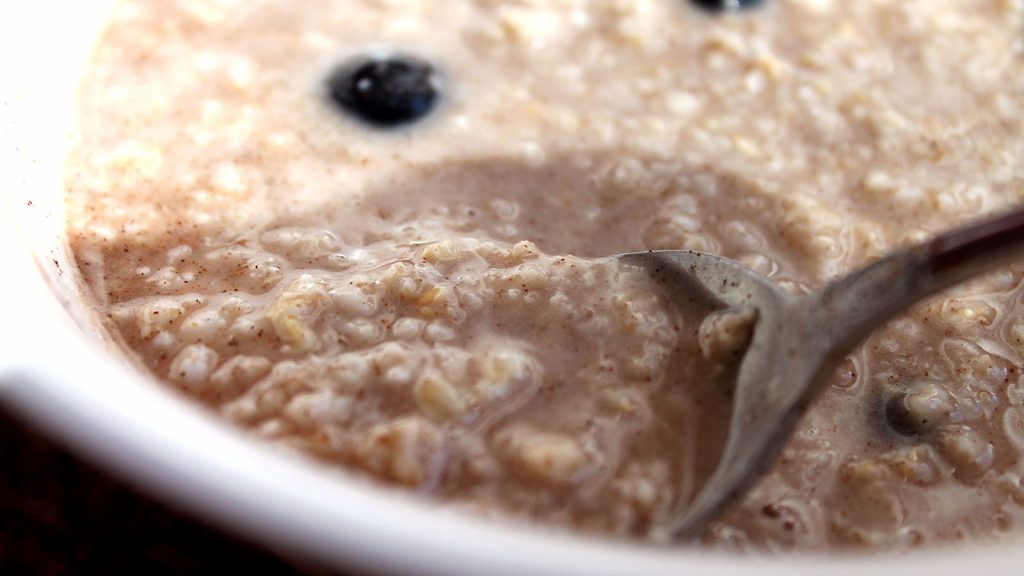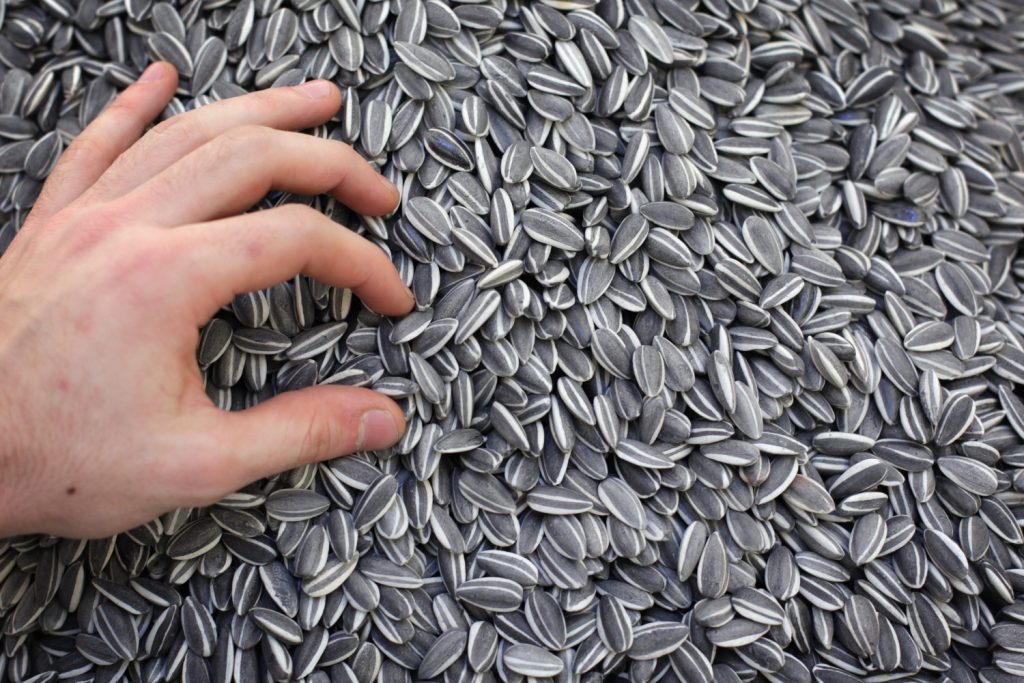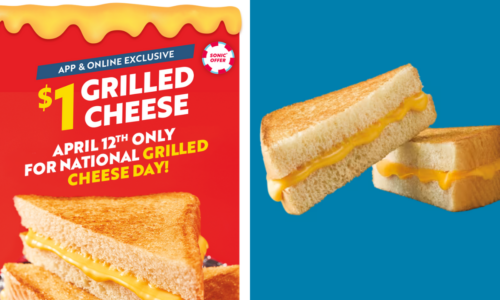How much do you budget for food per day? Most of us probably don’t think of our food budget in daily allotments. Rather, we have an idea of how much we spend at the grocery store and at restaurants in the course of a week or month.
But if you did the math, do you think you could survive on just $2 a day for food?
When he was 17, Tesla CEO Elon Musk challenged himself to live off just $1 a day. The wildly successful businessman took on this way of life not out of poverty, but to see if he had the necessary skills to really become an entrepreneur, he told Neil deGrasse Tyson on an episode of his StarTalk Radio podcast.
Musk’s goal was to see if he could survive while sacrificing a reasonable salary to accomplish his dreams. His experiment was successful.
“You sort of just buy food in bulk at the supermarket … I was like, ‘Oh, okay. If I can live for a dollar a day — at least from a food-cost standpoint — it’s pretty easy to earn $30 in a month, so I’ll probably be okay,'” he told deGrasse Tyson during the interview.
Business Insider reporter Kathleen Elkins decided to replicate the experiment, adjusting for inflation and making her budget $2 a day. She initially focused on carbs she knew to be inexpensive, such as pasta and oats, but quickly realized she would need protein to supplement her diet, so she added some peanut butter for better satiety and variety.
Some of Elkins’ other main staples during her month-long experiment included pasta, tortillas, bananas, eggs and butter. Her meals sound edible, although not exactly gourmet. While she made it to the end of the experiment with $1.07 left over, it was not without its struggles.
Case in point? Snacking. Elkins noted that she’s a frequent snacker, so her solution was to nosh on sunflower seeds, which averaged just $0.14 a serving.
To really commit herself and make the challenge realistic, Elkins had enforced some basic rules. For example, while she allowed herself to take advantage of the free samples at Trader Joe’s and to accept free food offered by friends and family, she decided not to partake in the complimentary snacks offered at her office. After all, as mentioned above, the initial challenge was created in order to mirror the experience of a struggling entrepreneur. Someone who doesn’t have access to the benefits of a well-stocked corporate office.
Elkins estimates that she consumed anywhere between 1,000 and 2,000 calories. So while she wasn’t starving from an energy standpoint, she certainly had to strategize to stretch those $2. Elkins figured out the cost per serving of each item of food she bought and rationed her portions accordingly. She had to be clever about making her food taste as good as possible, hoarding salt and pepper packets and judiciously utilizing a packet of butter.
Bottom line? While it’s certainly possible to live off $2 a day, it’s not exactly easy—nor is it the healthiest of diets. While it was easy to get all the carbs she needed, it wasn’t quite so easy to get all of her nutrients.
The Elon Musk Challenge has echoes of the SNAP Challenge, which was conceived of in order to show participants what life is like for low-income Americans on food stamps. Families on food stamps are forced to eat the equivalent of $4.40 a day.
So while Elkins’ experiment is a fascinating look at how we can always adjust our lifestyles to best utilize our resources, it’s important to remember that the food budget for many is not much different. And as Elkins discovers, getting the nutrients necessary to maintain optimal health is a toughie.
Read the full article about Elkins’ experiment here.










